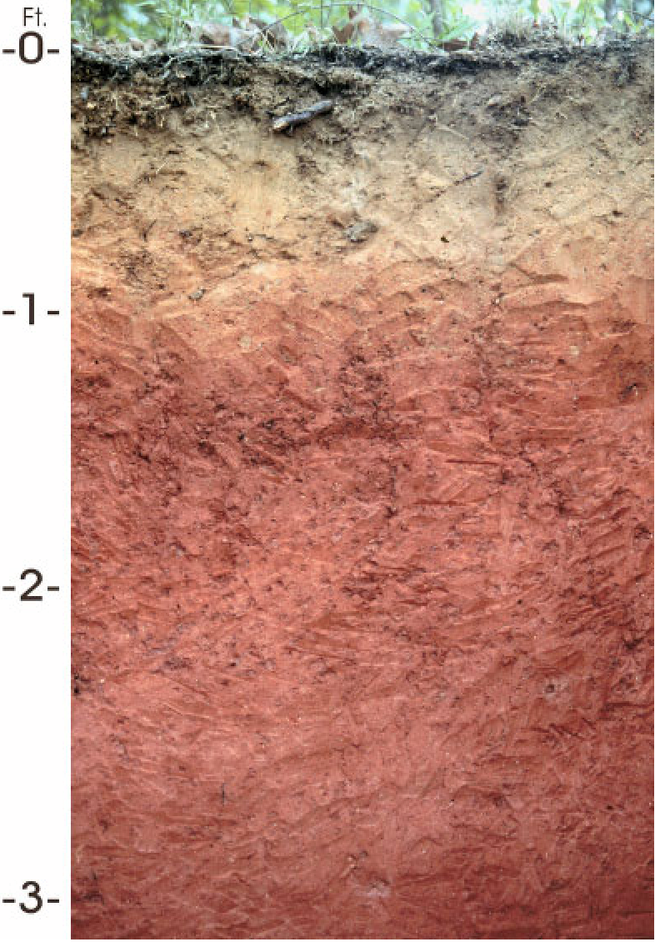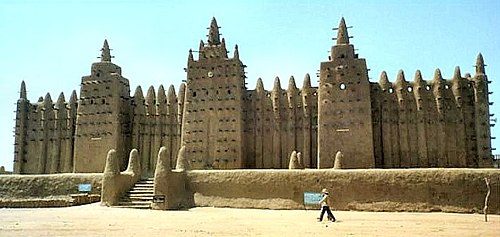Loamnoun
(geology) A type of soil; an earthy mixture of sand, silt and clay, with organic matter to which its fertility is chiefly due.
Loamnoun
(metalworking) A mixture of sand, clay, and other materials, used in making moulds for large castings, often without a pattern.
Loamverb
To cover, smear, or fill with loam.
Loamadjective
Made of loam; consisting of loam.
Loamnoun
A kind of soil; an earthy mixture of clay and sand, with organic matter to which its fertility is chiefly due.
Loamnoun
A mixture of sand, clay, and other materials, used in making molds for large castings, often without a pattern.
Loamverb
To cover, smear, or fill with loam.
Loamnoun
a rich soil consisting of a mixture of sand and clay and decaying organic materials
Loam
The definition of Loam (in geology and soil science) is soil composed mostly of sand (particle size > 63 micrometres (0.0025 in)), silt (particle size > 2 micrometres (7.9×10−5 in)), and a smaller amount of clay (particle size < 2 micrometres (7.9×10−5 in)). By weight, its mineral composition is about 40–40–20% concentration of sand–silt–clay, respectively.
Humusnoun
A large group of natural organic compounds, found in the soil, formed from the chemical and biological decomposition of plant and animal residues and from the synthetic activity of microorganisms
Humusnoun
alternative spelling of hummus
Humusnoun
That portion of the soil formed by the decomposition of animal or vegetable matter. It is a valuable constituent of soils.
Humusnoun
partially decomposed organic matter; the organic component of soil
Humusnoun
a thick spread made from mashed chickpeas, tahini, lemon juice and garlic; used especially as a dip for pita; originated in the Middle East
Humus
In soil science, humus (derived in 1790–1800 from the Latin humus for 'earth, ground') denominates the fraction of soil organic matter that is amorphous and without the . Humus significantly affects the bulk density of soil and contributes to its retention of moisture and nutrients.







